Your Baby's First Bath - Precautions and Tips
The baby’s first few baths are to be done with caution and care to ensure that the baby enjoys it and feels relaxed. Avoid bathing the baby when he/she is hungry, tired or immediately after a feed. Bathing the baby requires keeping everything handy before starting the bath as only one of your hands will be free until the lift the baby from the bath. Ensure the room is warm before taking the baby for a bath.
Some of the things that you will need to keep handy before your baby’s first baths are cotton wool, bath soap or liquid (if used), a baby sponge (if used), a baby shampoo (if used), a jug of lukewarm water for shampooing, a nappy cream if necessary, a clean nappy, and clean clothes.
Precautions and tips for your baby’s first bath:
First run cold water and then hot in the bath. Test the water periodically by dipping your elbow in the water; the water should be tepid and just 4 inches deep. Your baby’s skin is 5 times more sensitive than yours; you could be extra sure after the elbow test by using a bath thermometer.
Undress the baby to his nappy and then gently cleanse his eyes, ears, face and creases in the neck with lukewarm water and fresh pieces of cotton wool for each area.
Wash the hair of the baby first before putting him/her in the bath. Wrap the baby tightly in a towel or hooded towel with his/her arms tucked inside and use the keep the other towel that could be used for drying the hair folded at the back. Holding the baby tight with one hand support his/her head and hold the baby over the bath, tipping him down slightly to avoid the water going in his eyes. After scooping and sponging the back of the head with the free hand, dry the baby’s head quickly by patting it dry.

If your baby has fair amount of hair, you could use a shampoo specially designed for babies. Apply a small, pea-sized amount of the shampoo to the crown of the head and smooth it gently on his/her hair. Finish shampooing by pouring a jug of fresh lukewarm water to the back of the head till the shampoo is all gone.
Next unwrap the baby and remove his/her nappy and clean the area with a damp piece of cotton wool. Lower the baby in the water by cradling him/her in your arms. Take care to support the head and shoulders with your forearms, grasping his/her shoulder and upper arm with the same hand.
Supporting the baby’s bottom with the other hand, use the free hand to swish water gently over his/her body; avoid the use of sponge or flannel, but allow the baby to get used to the sensation of water and to relax.
In a few minutes lift him/her from the water by holding him/her very firmly to avoid slipping. Next wrap the baby in a towel and lay him/her on a changing mat. Pat him/her dry paying particular attention to the creases in the arms, legs and neck. You may apply nappy cream if you use one or the baby’s nappy area is sore. Put a clean napkin and clothes. You may quickly comb the baby’s hair if he/she has lot of hair.
Image Courtesy: Google
Take the next step toward your goals
Share your requirement and find the best care providers in your area
-
Looking for a caretaker’s job? Build your profile and get in touch with families in your vicinity.
-
Discover nannies, babysitters, cooks, housekeepers, pet sitters, and elder care under one roof.
-
Get all the support you need to run a successful care center.
-
Search for appropriate centers near you depending on your needs.
Care Corner Insights: Blog Library

Overnight Babysitters in Bellevue, WA for Business-Travelling NRI Parents: Safety & Policies
For many NRI parents living in Bellevue, WA, frequent business trips are a reality. While traveling, one of the biggest concerns is ensuring your children are safe, cared for, and emotionally supported during overnight stays. Overnight babysitters ca

Indian Home-Style Cooks in Queens, NY: Tiffin-Style Weekly Meal Prep from Your Kitchen
Queens, NY, is home to one of the most diverse food cultures in the country, and Indian cuisine holds a special place among families looking for authentic, comforting meals. While restaurant takeout is convenient, nothing compares to the taste and nu
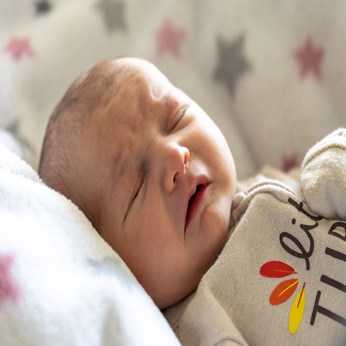
Baby Sleep Problems: What is Sleep Regression and How to Handle It
If you’re a parent, you know that baby sleep is one of the greatest mysteries of life. One day your little one is snoozing like an angel, and the next day they’re suddenly waking up every hour, fussing, or refusing to nap. Before you panic, there’s a

What is Validation Therapy? A New Approach to Dementia Care
Caring for loved ones with dementia is one of the most emotionally challenging journeys a family can face. Traditional methods often focus on correcting memory lapses or redirecting confused thoughts—but that can sometimes lead to frustration, stress
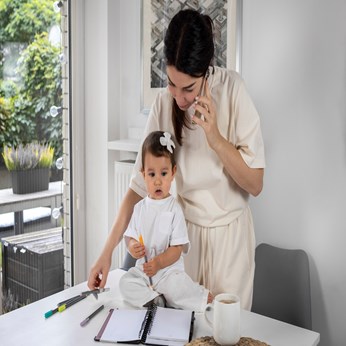
What is a Part-Time Nanny and Do You Need One
Parenting is a beautiful journey, but let’s be honest—it can also be exhausting! Between work deadlines, household chores, and family responsibilities, sometimes there just aren’t enough hours in a day. That’s where part-time nannies step in, offerin

Part-Time Housekeeper Hiring in Alpharetta, GA: Weekly Schedules, Pricing, and Must-Do Tasks
Keeping a home spotless while balancing work, family, and personal commitments can be overwhelming. For families and professionals in Alpharetta, GA, hiring a part-time housekeeper is one of the most practical solutions. Whether you need help once a

Affordable Daycares in Irving, TX with Indian Menu Options: Parent Reviews & Enrollment Tips
Finding the right daycare for your little one is never an easy decision—especially if you’re looking for one that fits your budget and offers familiar food options like an Indian-inspired menu. For parents in Irving, TX, the good news is that several
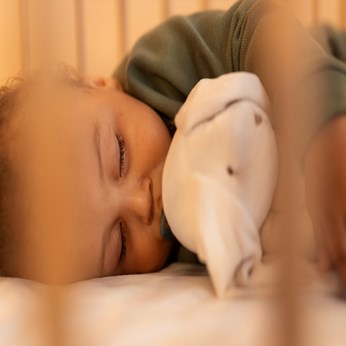
Can Babies Sleep on Their Side? Tips for Safe Baby Sleep
When it comes to newborns, every parent worries about the smallest details—how they sleep, what they wear, even which way they turn their tiny heads. One common question that pops up is: “Can babies sleep on their side?” The short answer? Not recom
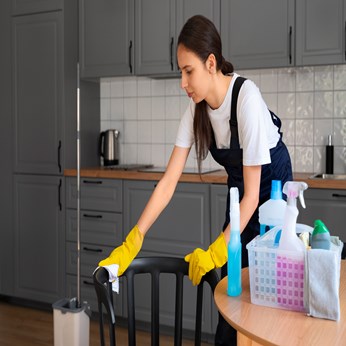
8 Benefits of Hiring a House Cleaner for Your Home
Let’s be honest — keeping a home sparkling clean while juggling work, family, and daily life can feel like a full-time job in itself. That’s where professional house cleaners step in, turning the chaos into calm. If you’ve been debating whether to br
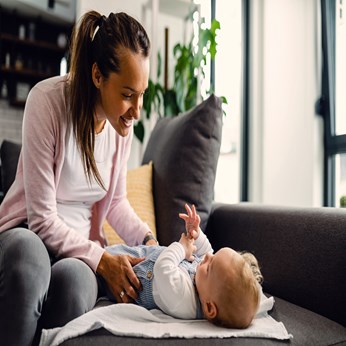
How to Care for a Gassy Baby? What’s Normal and what’s not – Expert Advice
If you’re a new parent navigating the world of burps, bubbles, and baby fussiness—welcome to the club! Gas in babies is incredibly common, especially in the first few months. But how do you know what’s normal and when it’s time to call in expert help